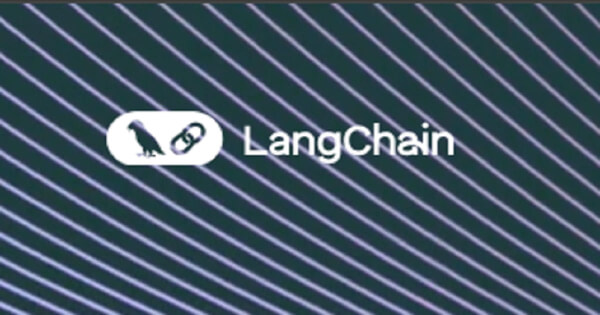The DeFi world is incomplete without liquidity pools. This is because liquidity pools are one of the few things that properly define decentralization – a common concept associated with the crypto world. Liquidity protocols provide liquidity for decentralized exchanges and are responsible for facilitating decentralized trading and lending. Without these pools, DEXs won’t be able to execute trades.
The DeFi ecosystem is continuously expanding, with the introduction of new types of products. Currently, there are almost 15 billion dollars locked in DeFi protocols. This further attests to its expansion. While the space has the potential to grow, there are still some underlying issues that can still hamper its expansion and dominance in an ecosystem dominated by centralized exchanges.
Some Challenges DeFi Protocols Face
In 2021, the DeFi community witnessed several lending protocols lose their assets to hacks and price manipulation of their assets. For instance, Venus – a lending protocol running on Binance Smart Chain, witnessed insolvency due to a price manipulation of its XVS collateral asset. The protocol ended up with an accrued debt of $100M.
CREAM finance also accrued debt due to a flashloan attack that catered away with $19M. The platform was also a victim of another attack two months later, leading to the loss of $130M.
It was observed that shared-pool lending protocols were vulnerable to risks, especially when they whitelist a token as a collateral. A protocol is as secure as their asset. Cream Finance and others employed this model. Although Cream discovered that its whitelisted token $FTT could result in the loss of assets, it was too late to delist it, as malicious players had capitalized on the error. Though efficient, shared-pool lending protocols aren’t scalable and secure.
Silo Blends the Capabilities of Shared Lending Protocols and Isolated Protocols
In terms of scalability and security, isolated lending protocols are better. Several protocols use this mechanism, such as Kashi market and Rari. However, Kashi market can’t perform efficiently because it creates many markets for a single token asset. Rari, on the other hand, needs to create several pools to match assets because a user doesn’t trust a particular token asset.
Silo is a combination of both worlds. It creates a secure and efficient money market for all token assets through a permissionless lending protocol. By a permissionless market, Silo accepts all token assets as collateral. Silo protocol mitigates risks by implementing risk-isolating money markets. It creates one Silo pool for a token asset, with Ether serving as the bridge asset.
The Standouts of Silo
Secure
Silo protocol is secure, thanks to its design. As earlier mentioned, it implements isolated money markets where one Silo is paired to a single asset. By isolating the risk of assets to a single silo, new and higher-risk assets can be used in lending markets without causing harm to assets held in other silos.
Efficient
Since Silo is paired to a single token asset, liquidity is concentrated in single pools and allows any token to be used as collateral to borrow other tokens. This makes the system efficient.
Inclusive
Silo is a permissionless protocol, which implies that anyone can create a market for any token.
Silo Launches Its Genesis Token Auction
Unlike other liquidity protocols, Silo will use its decentralized autonomous organization to manage liquidity. To do that, it will have to auction its Genesis token on Gnosis to decentralize the protocol and raise liquidity for the DAO. The protocol announced that it would launch its token auction from December 6 – December 9, 2021.
The protocol-owned liquidity raised will be directed towards the DAO. The community can direct the funds towards achievable courses and the sustainable growth of the platform. The team will fully launch Silo’s secure markets in Q1 of 2022.
Disclaimer: This article is provided for informational purposes only. It is not offered or intended to be used as legal, tax, investment, financial, or other advice.
Credit: Source link























